What is an LED canopy light
An LED canopy light is an outdoor ceiling light that is surface, pendant, or recess mounted to a structure’s ceiling to create an illuminated environment for vehicular and pedestrian traffic. Canopy lights can be used to provide exterior illumination of an extensive range of environments, including petroleum gas stations, convenience stores, truck stops, entrance ways, loading docks, bus and train stations, drive-through restaurants and pharmacies, and other canopy structures.
Canopy lighting is a critical contributor to the function of an outdoor covered space. It is designed to provide ample illuminance to add a layer of safety and security for drivers, pedestrians and property within the space. Since most canopy structures are retail facilities, canopy lighting undertakes visual communication between the retailer and the consumer. It must enable attention to be drawn to the facility, create customer comfort, provide merchandise display lighting, promote the store concept and support differentiation from nearby competitors.
Application requirements
The need for a holistic approach to the lighting design for canopies imposes high demands on luminaires. Canopy lights must provide sufficient vertical and horizontal illuminance to safely and effectively perform the visual tasks required yet be free of the negative impacts associated with very bright lighting conditions. As the sole source of light for outdoor retail applications, canopy lighting plays an important role in enhancing the feel and look of a space and providing visibility (luminance contrast) within the retail environment for customers to comfortably review the merchandise and complete a transaction. Only luminance needed to create a sense of safety, hospitality and security should be provided. Light trespass, light pollution, the adaptation level of drivers entering and leaving canopies, nuisance glare, and visual distractions should each be carefully considered. Optimum lighting for the application should be achieved with a minimum expenditure of energy and maintenance and with sensitivity to the surrounding environment.
Legacy technology
Canopy lighting previously had typically been served by light fixtures that use high-intensity discharge (HID) lamps. HID lamps such as metal halide and high pressure sodium (HPS) lamps produce light from an electrical arc discharge contained in an arc tube made of quartz or ceramic. These lamps, however, suffers from several disadvantages. In addition to having a moderate life span, low luminous efficacy and poor lumen maintenance, the optical loss incurred in distributing light emitted from omni-direction HID lamps result in a significant reduction in utilization efficiency. The large luminous element of the source makes an HID fixture a bulky system because large optical control elements are required to control the light distribution.
These types of lamps require a long warm-up period and hot restrike time. They also have restrictive dimming capabilities and limited switching cycles. These disadvantages make them incompatible with lighting controls which are increasingly used to maximize energy savings and meet code requirements. HID lamps operate at higher temperatures and pressures, therefore chances for bulb explosion and fire hazard are always there.
LED lighting brings a rainbow of exciting possibilities
LEDs have become the universal choice of the light source for canopy lighting applications. The exponential rise in source efficiency has resulted in large-scale, measurable energy savings. LED technology provides value proposition beyond just improvements to light source efficiency. It pushes the boundaries of lighting economics and performance with the ability to allow high efficiency light extraction out of the lighting system, the flexibility to distribute light precisely where it is needed, the controllability to deliver the right amount of light on demand, the tunability to optimize the spectral power distribution (SPD) for the function of the light, the reliability to last significantly longer than traditional light sources, and the durability to resist to shock, vibration and wear.
High light source efficiency, optical delivery efficiency, spectral efficiency, and intensity effectiveness contribute to a lighting application efficiency (LAE) that enables holistic energy savings previously thought impossible or not even thought of. The semiconductor nature of LEDs addresses the growing demand for integration with advanced lighting control systems. The small size, directionality and package-level optical controllability of LEDs allow canopy light fixtures to be designed in a compact, sleek profile that enhances architectural aesthetics, facilitates installation, and maximizes clearance between the floor and the ceiling in surface mount applications. LEDs have no filaments or fragile housings to break and do not produce arcs or sparks during operation. This is a critical safety benchmark that differentiates LED canopy lights from HID fixtures in gas station lighting applications.
Design and construction
LED canopy lights come typically in a square form and are designed as either self-contained systems or semi-integrated systems. A self-contained system incorporates all components into a single enclosure. A semi-integrated system consists of a self-contained, low profile light engine and an independently enclosed or external driver assembly. Constructed of die cast, low copper aluminum alloy, the luminaire housing and lens frame provide mechanical strength, structural reliability and heat dissipation.
The LED light engine is typically a single assembly of multiple SMD LEDs which are mounted on the metal core printed circuit board (MCPCB). The LEDs are arranged in a matrix pattern which enables a uniform light distribution without the use of secondary optics. SMD LEDs also allow precise control of light distribution with package-level optics which are usually miniature compound lenses injection molded from UV-stabilized polycarbonate. There’re canopy lights that use a single COB LED. The light distribution of these systems is usually not as uniform as that of canopy lights that use multi-LED light engines even when custom optics are used to optimize the light distribution.
The LED circuit board is mounted to the heat sink which often simultaneously serves as the housing. A thermal interface material (TIM) is placed between the PCB and the heat sink to minimize the interfacial contact resistance. There are also modular systems with their light emitting surfaces composed of a specific number of self-contained light engines. The modular configuration allows for convenient servicing and replacement.
Light source selection and LED load regulation
LED canopy lights typically draw less than 100 watts of electrical power. The luminaire efficacy ranges from 120 lm/W to 180 lm/W depending on the types of LEDs and optical design. The highest efficacy is achieved with LEDs built on the plastic leaded chip carrier (PLCC) platform which utilizes a reflective housing and lead frame to maximize light extraction. These LEDs are, however, have poor lumen maintenance due to the package material degradation at high temperatures and long operating times. High power LEDs deliver excellent lumen maintenance and reliability that justify their higher upfront cost.
The LEDs have a correlated color temperature (CCT) that falls in the cool white range and a color rendering index (CRI) in 70s or 80s. High color temperature and high color rendering lighting contributes to a good visual acuity.
The LEDs are driven with a constant current regulated by an AC-DC LED driver which can be configured to operate on a fixed or single voltage, or has universal input voltage capability. The critical part that defines the lifespan and performance of the LED canopy light is the driver. It integrates multiple functional blocks such as power factor correction (PFC), switching mode control, current regulation and output filtering to provide regulated output power to the LEDs. Basic protection should be provided by the LED driver. LED canopy lights are susceptible to damage from high voltage spikes. Therefore the driver should include lightning surge protection to provide effective suppression of most transient AC line surges.
The LED driver plays a crucial role not only in power conversion but in controlling their output. It may be equipped with dimming circuitry that can be controlled through a variety of protocols ranging from analogue (0-10V dimming) to digital (DALI, Zigbee).
Mechanical performance
To withstand the corrosive atmosphere generated by humidity, dust, salt, and vehicular emissions, LED canopy lights should be sealed to a high ingress protection (IP) rating and receive chemical surface treatments to convert aluminum surfaces to a corrosion-resistant film and improve the adhesion of subsequently applied polyester power coating. The sealed enclosure is installed with a pressure vent which allows the enclosure to breathe, equalizing pressure and reducing condensation caused by temperature cycling while filtering out liquids and other contaminants.
The reliability of solder joints or electrical interconnects between the LED package and the circuit board should be reinforced in vibration-prone environments and/or under thermal cycling conditions to which LED canopy lights and other outdoor luminaires are often exposed.

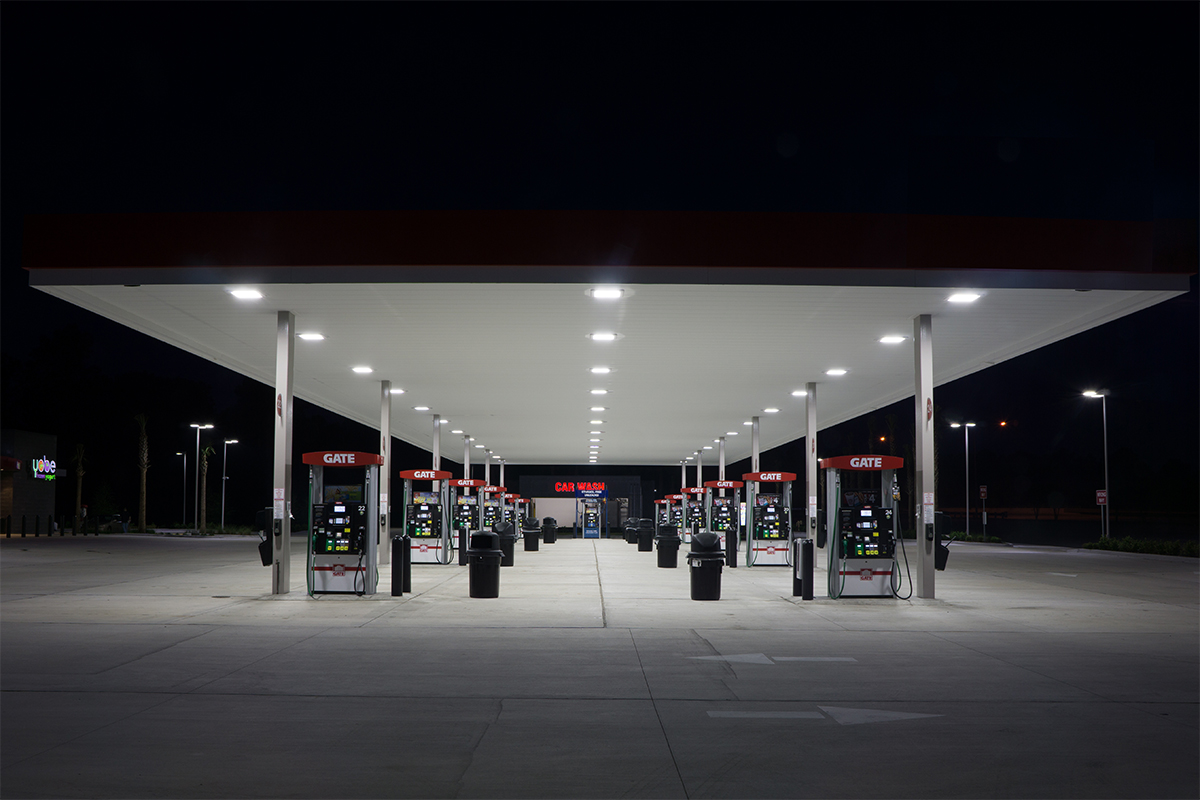
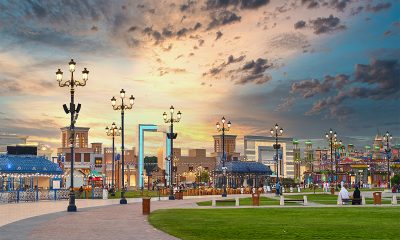



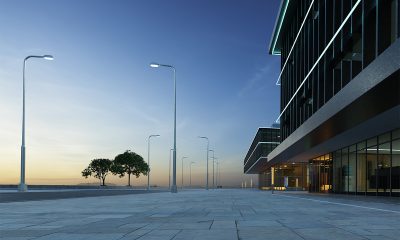
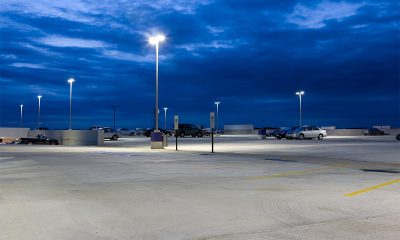
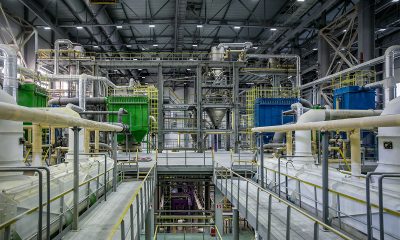
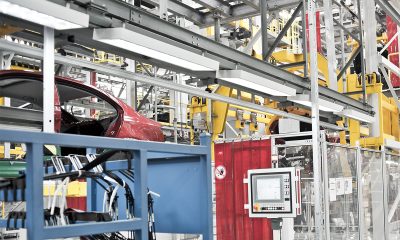
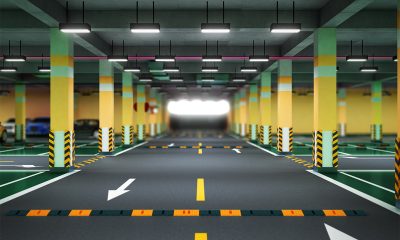
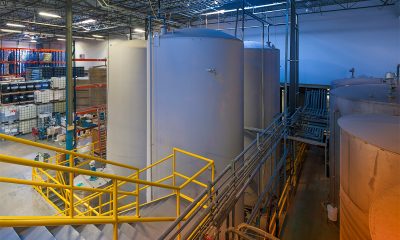
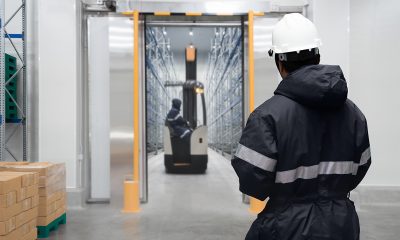
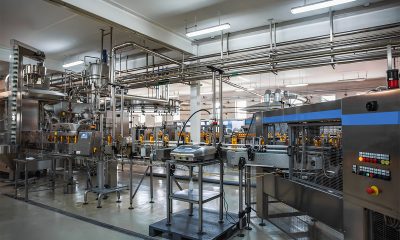





Loading...
New member
New member